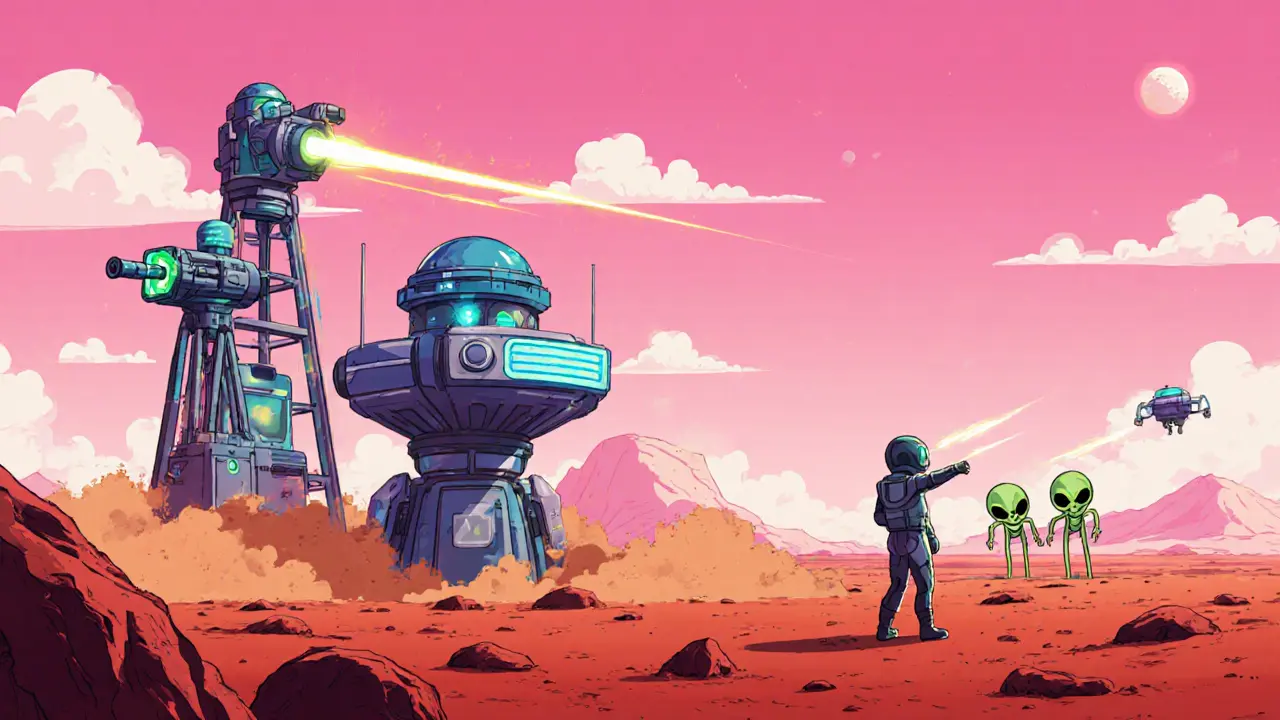SpaceY 2025 (SPAY) is a blockchain-based Mars colonization game with a play-to-earn model. Learn how the SPAY airdrop worked, how to earn tokens through gameplay, and why this project stands out in the crowded blockchain gaming space.
Blockchain Game: What It Is and How It's Changing Crypto
When you play a blockchain game, a video game built on a blockchain where in-game assets are owned by players as NFTs or tokens. Also known as GameFi, it turns playing into earning—whether that’s rare weapons, tokens, or virtual land. Unlike regular games where items disappear when you quit, blockchain games give you real ownership. You can sell that sword, trade that land, or even rent it out. That’s not marketing—it’s code running on a public ledger.
Most blockchain games rely on three things: NFTs, unique digital assets that prove ownership of in-game items like characters, skins, or weapons, crypto tokens, the currency you earn or spend inside the game, often tied to a blockchain like Binance Smart Chain or Ethereum, and play-to-earn mechanics, a model where players get rewarded for time spent playing, not just for winning. But here’s the catch: not all of them work. Some games pay you for a few weeks, then vanish. Others have no real economy—just fake APYs and empty wallets. The ones that last? They balance fun with reward. They have active communities, real utility for tokens, and teams that keep updating the game.
What you’ll find in these posts aren’t hype pieces. They’re real breakdowns of games that actually existed—like Dragon Kart and MOBOX—and what happened after the airdrops ended. You’ll see why some platforms disappeared overnight, how scams hide behind NFT promises, and what makes a blockchain game worth your time. No fluff. No fake testimonials. Just what worked, what didn’t, and why.
